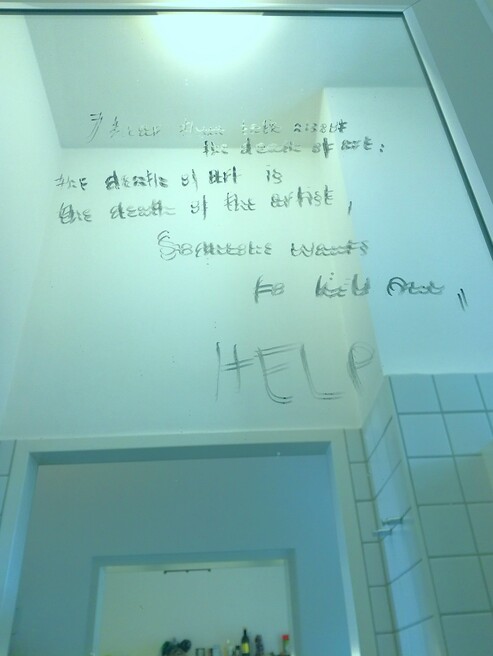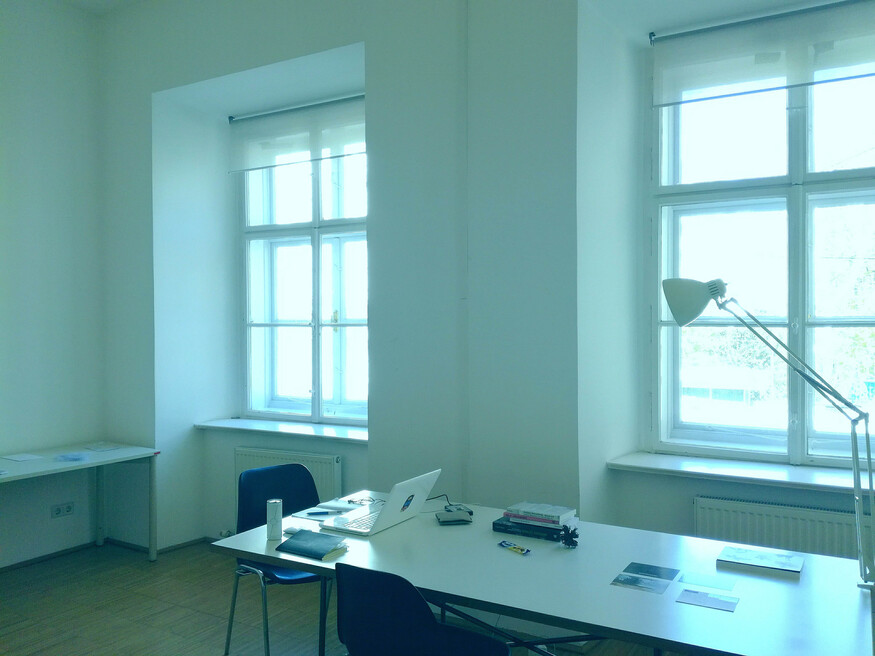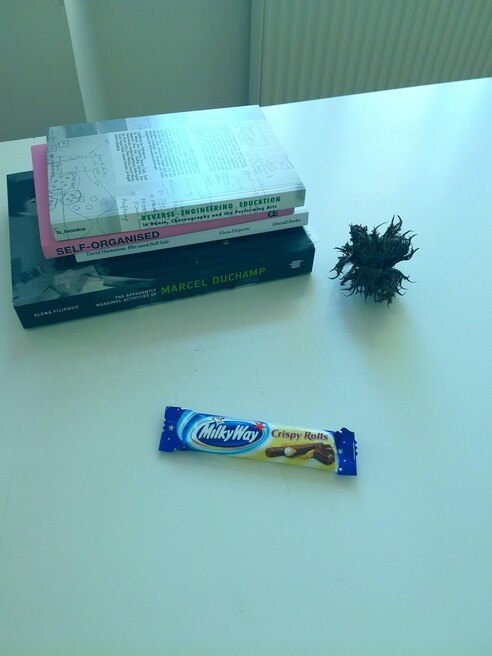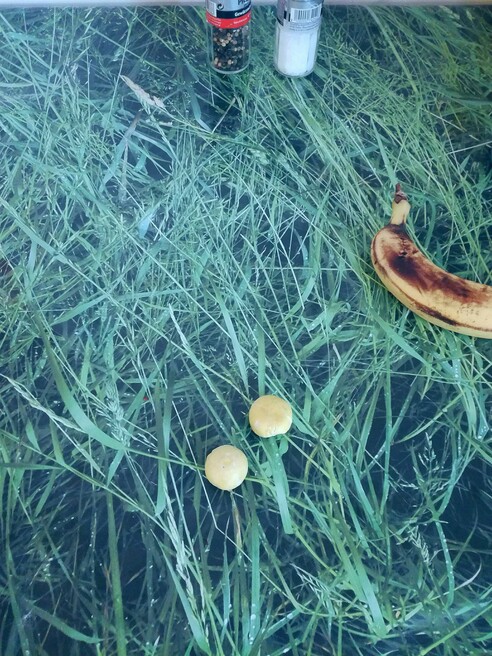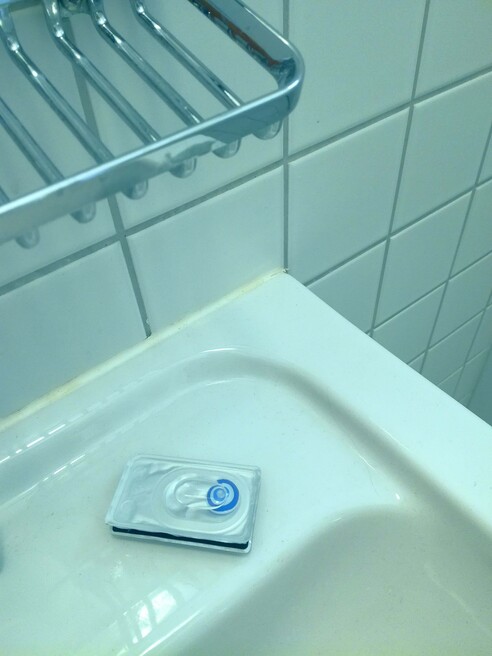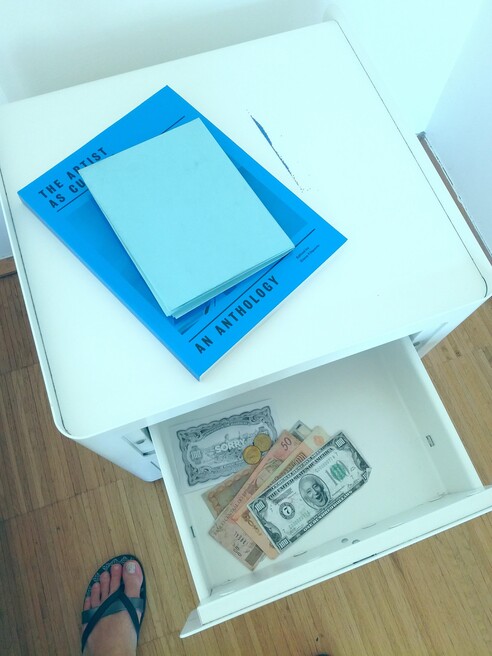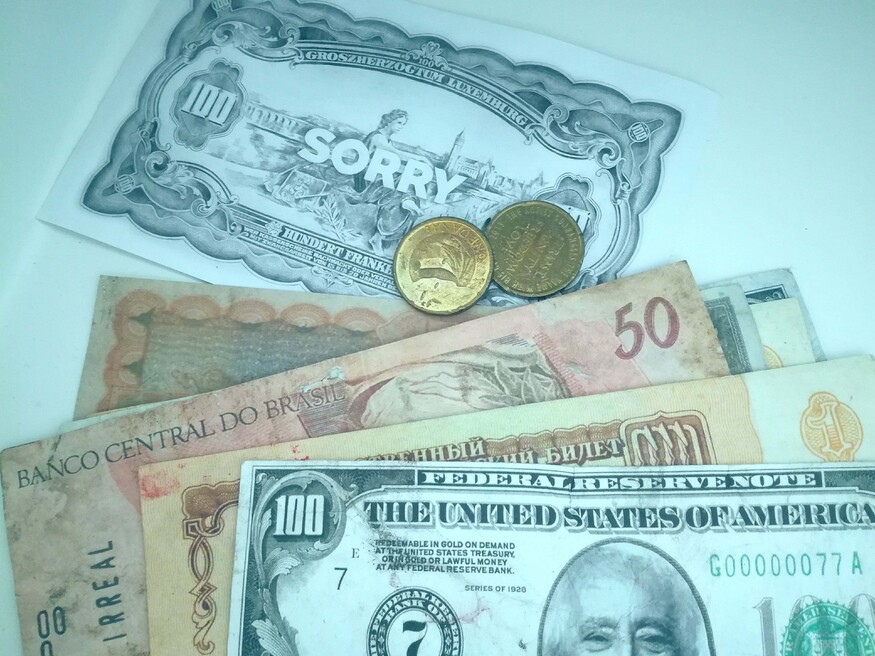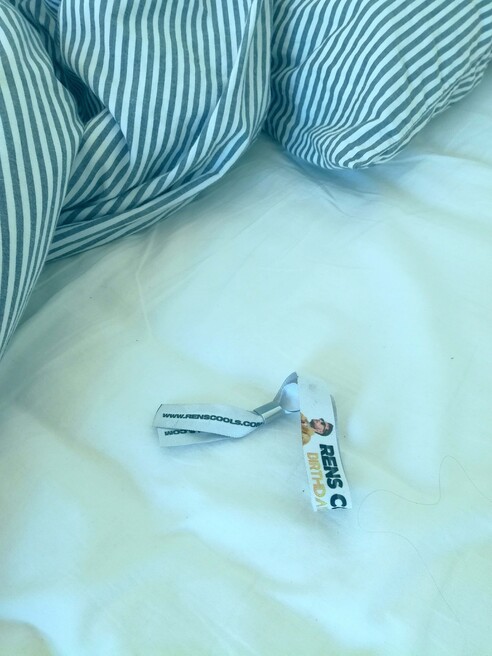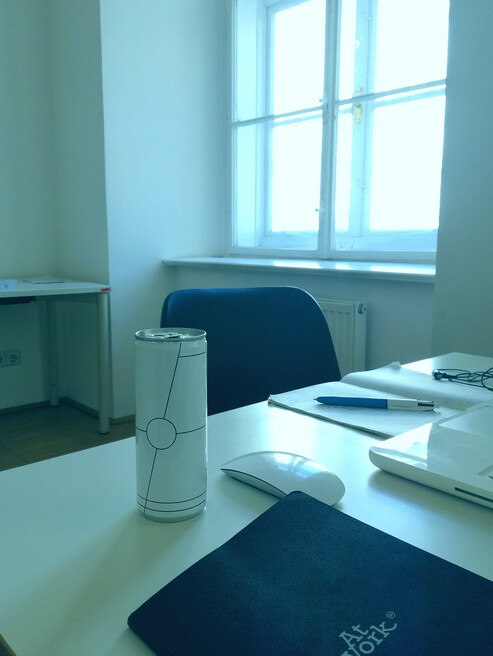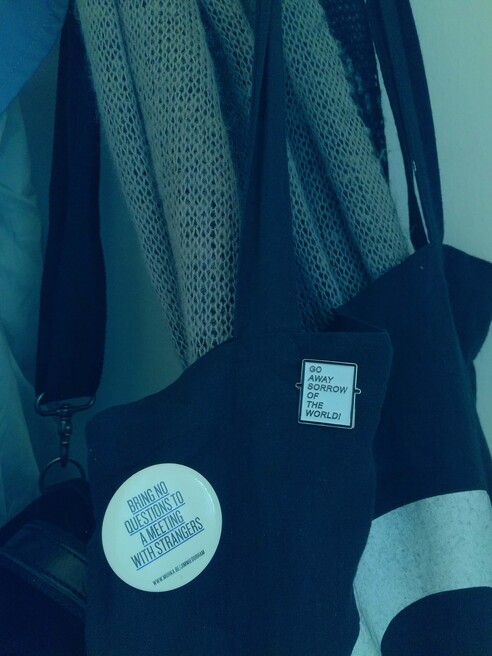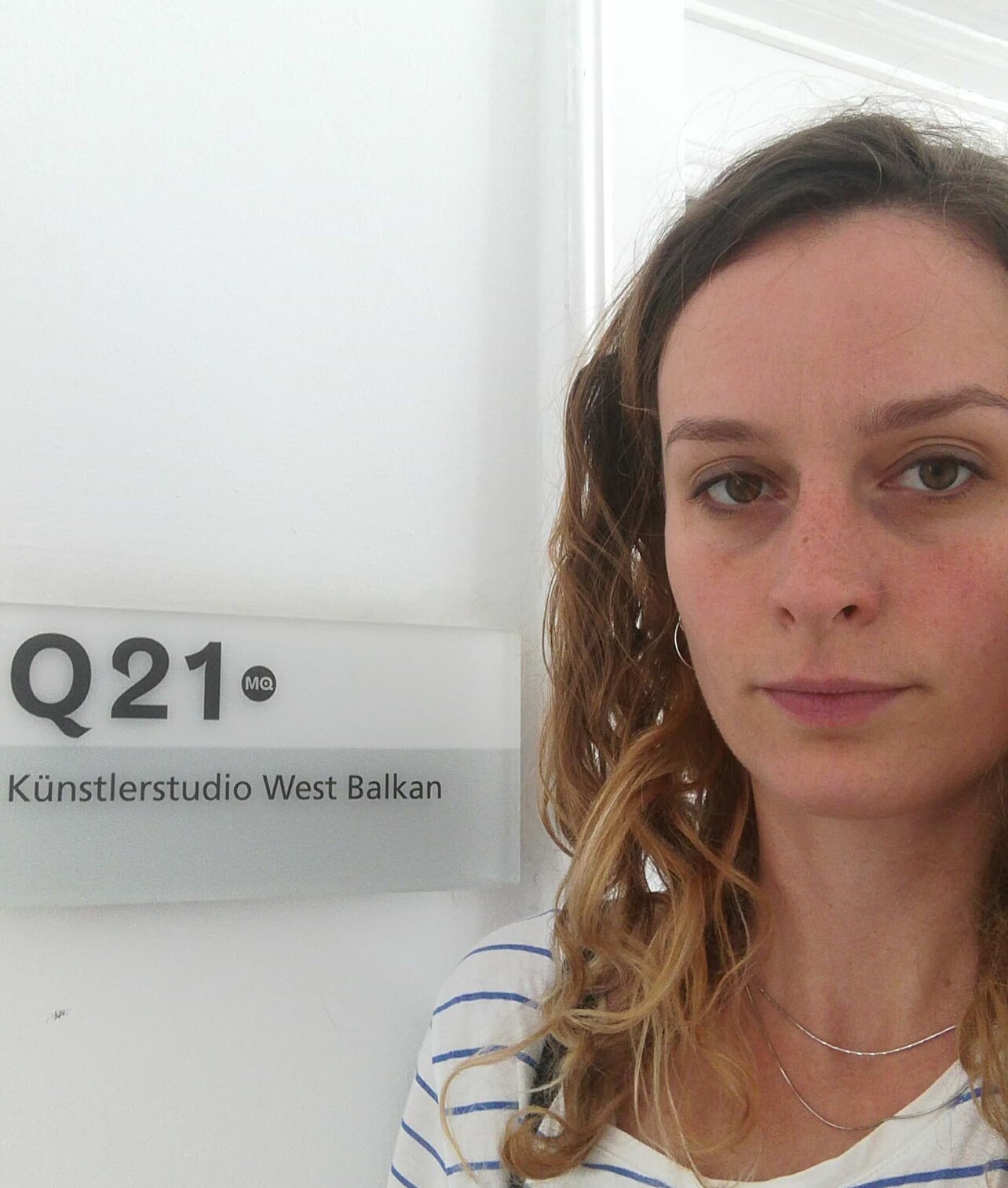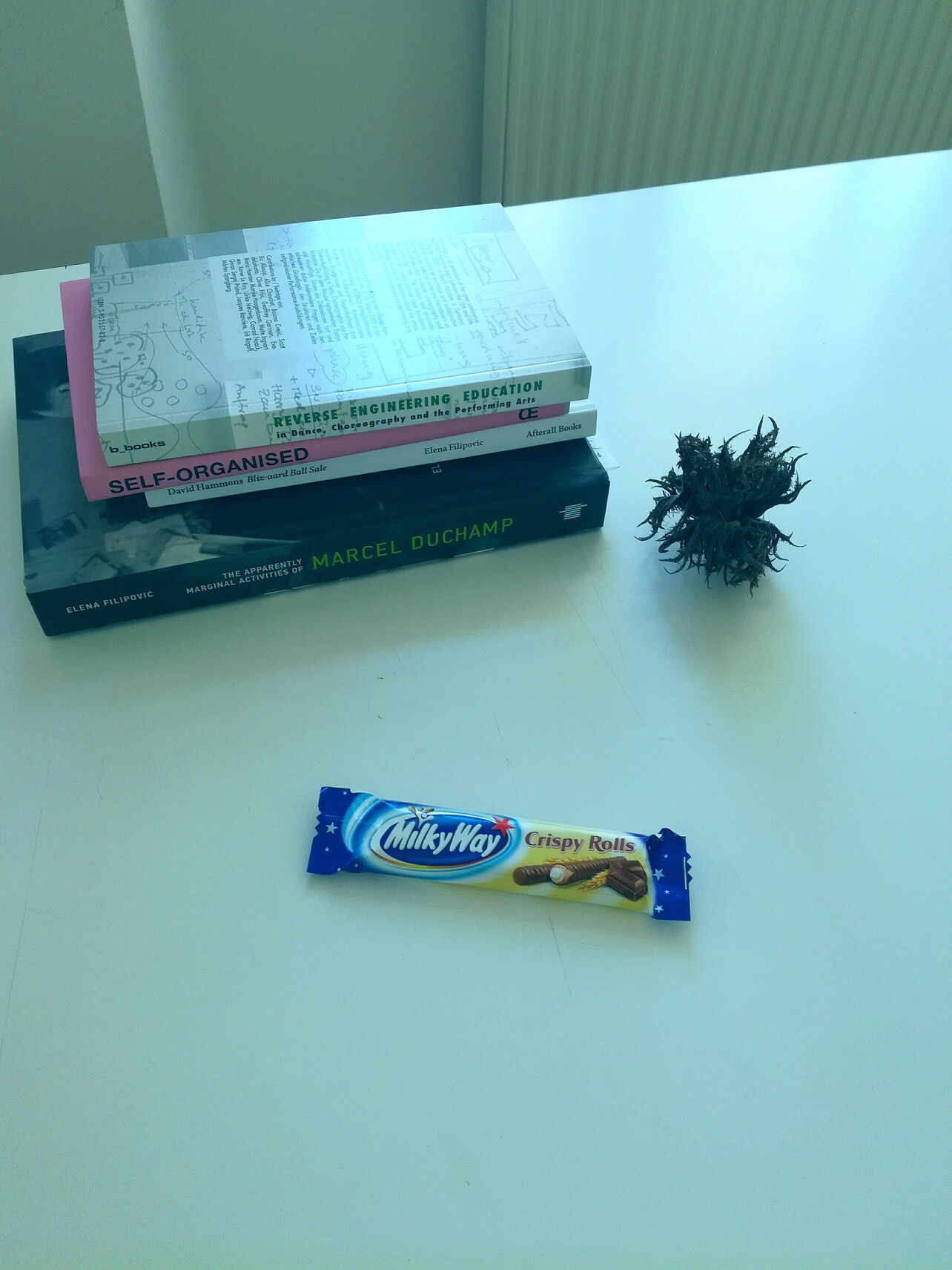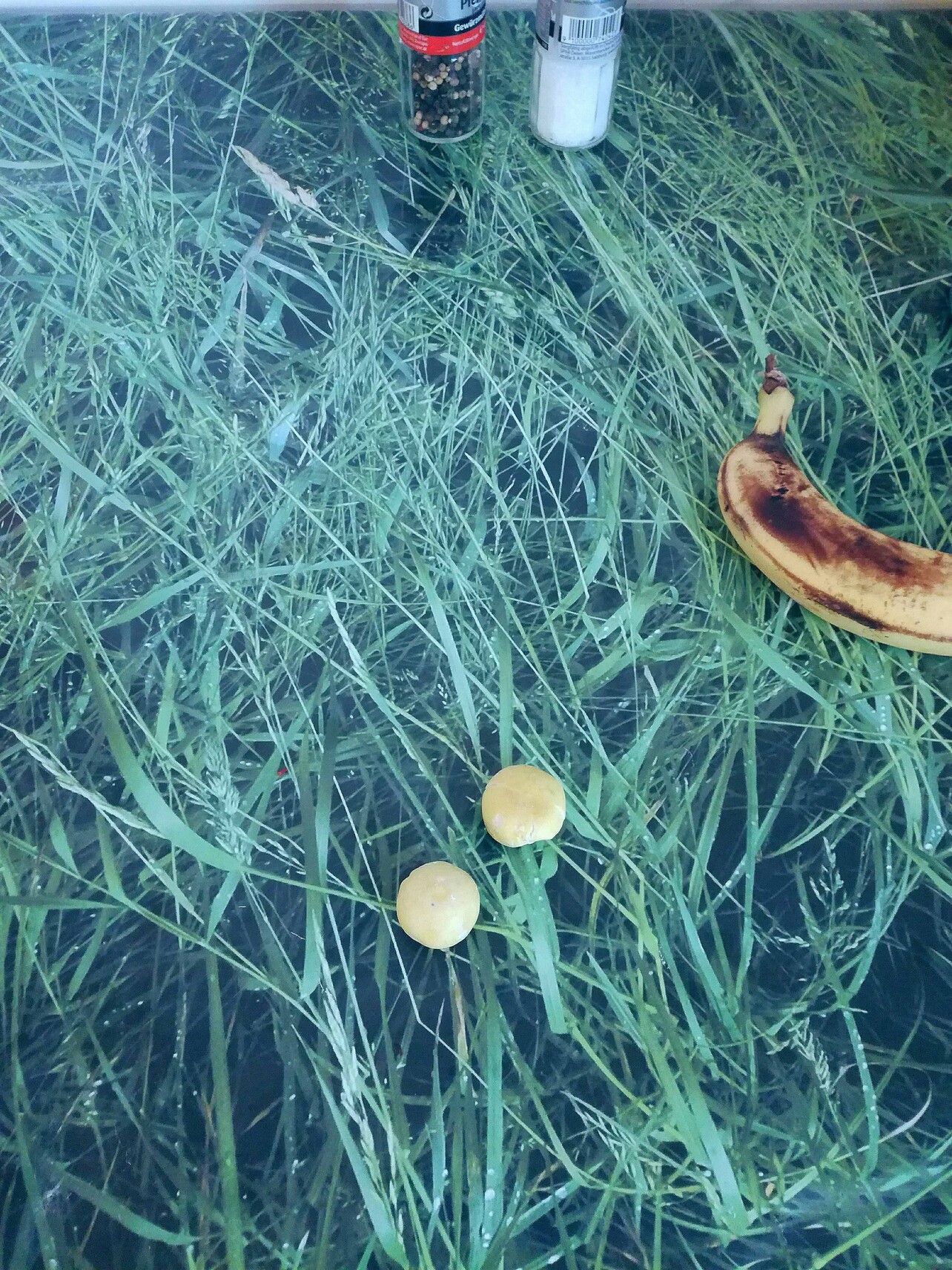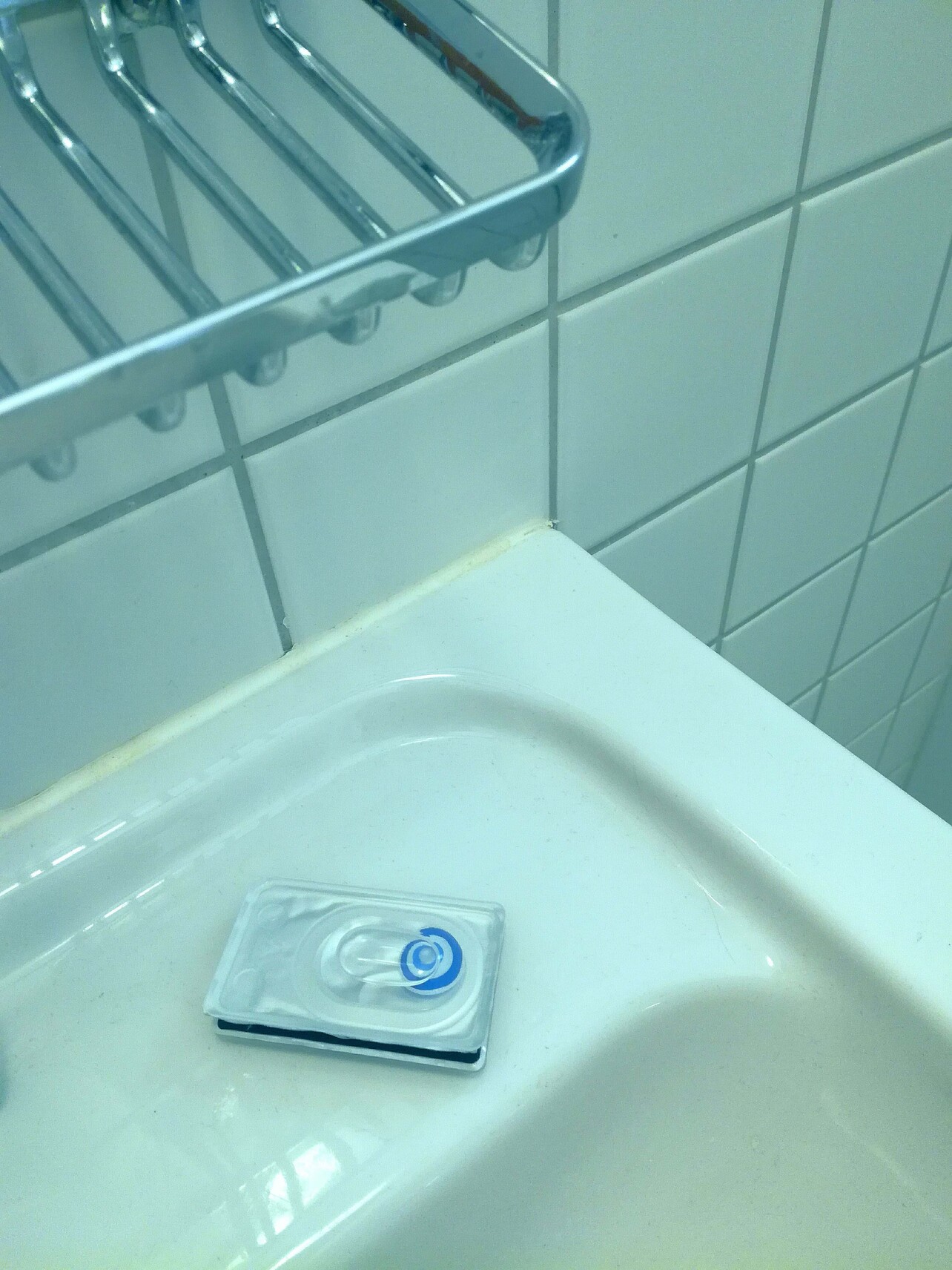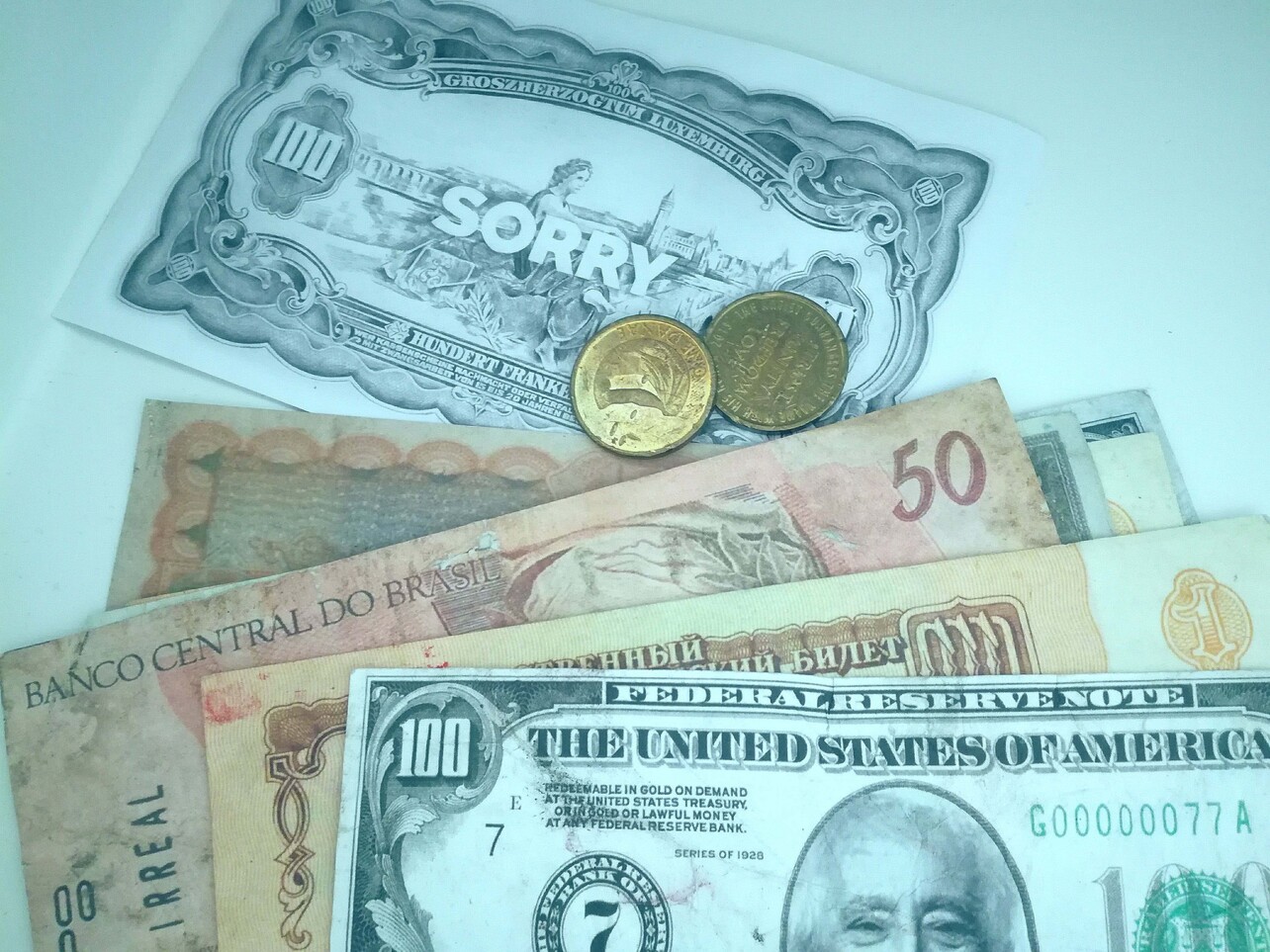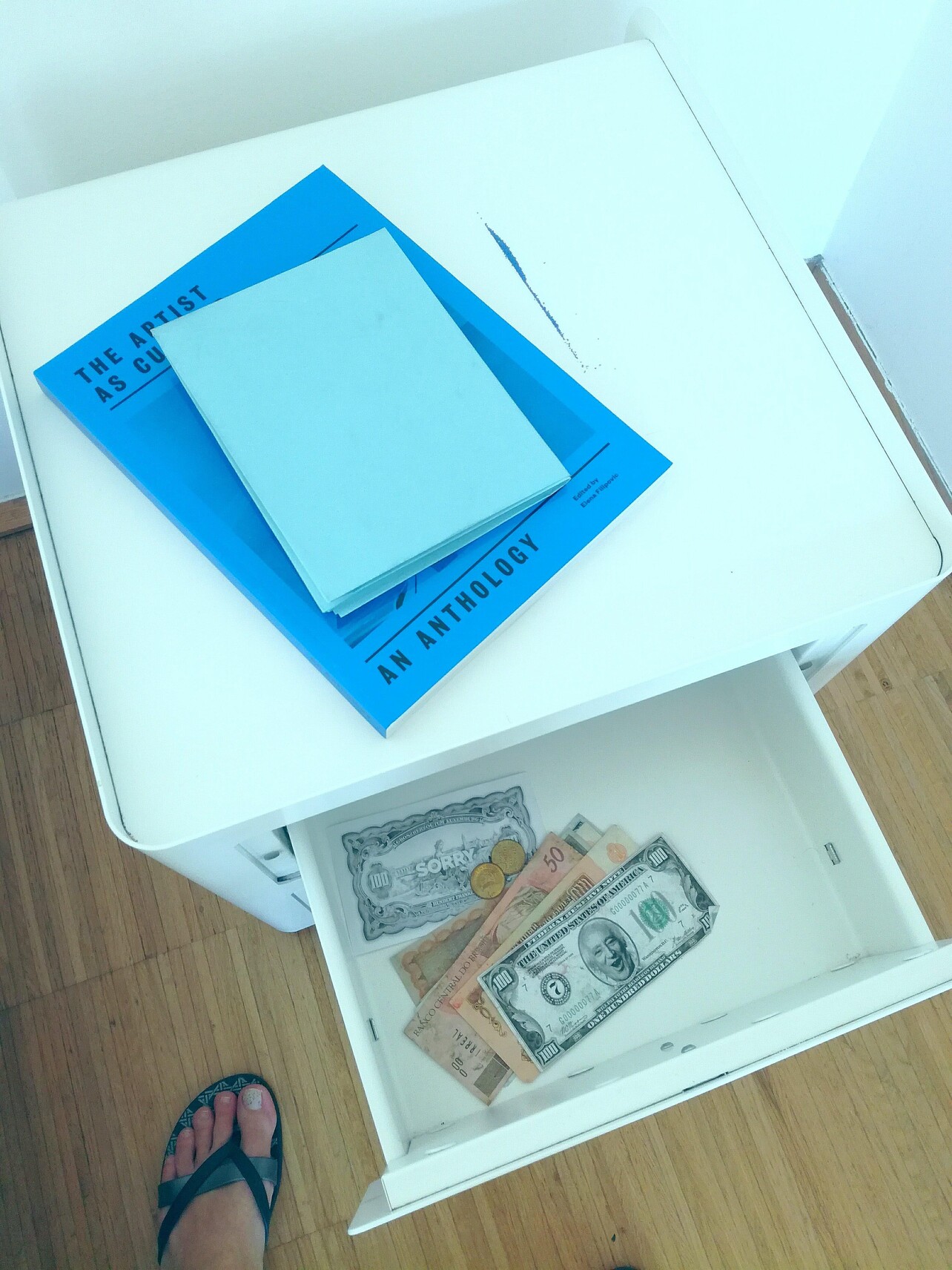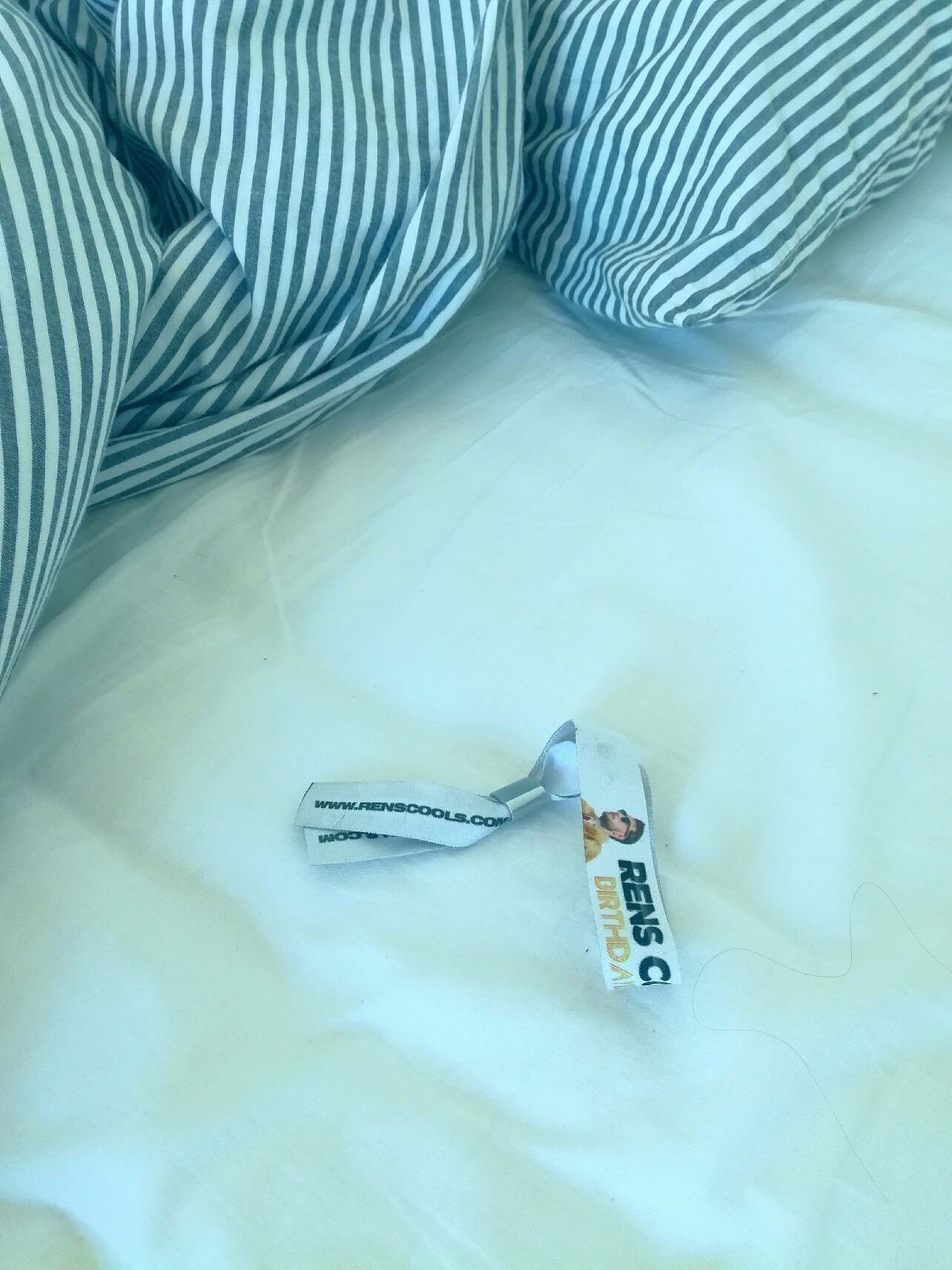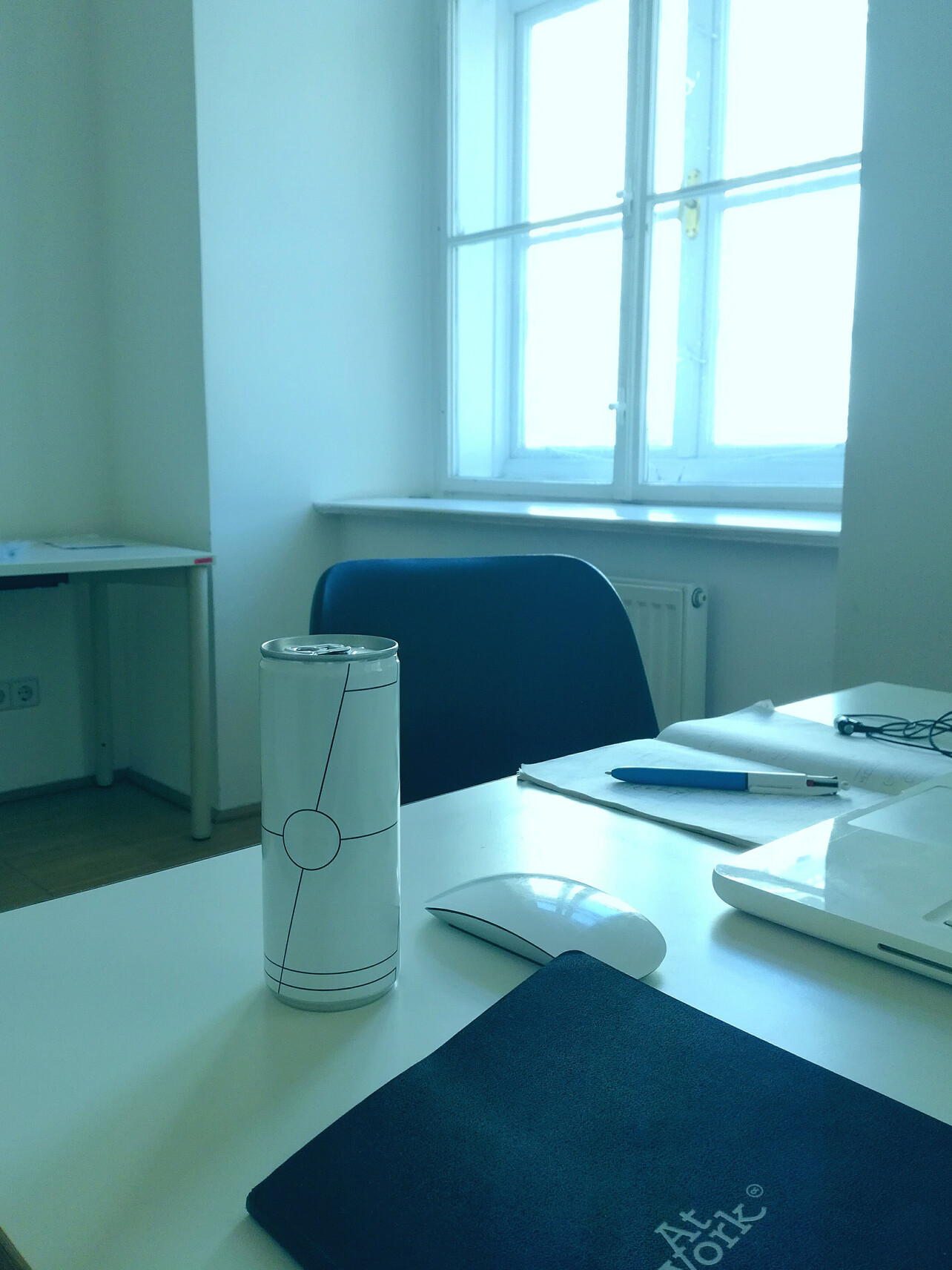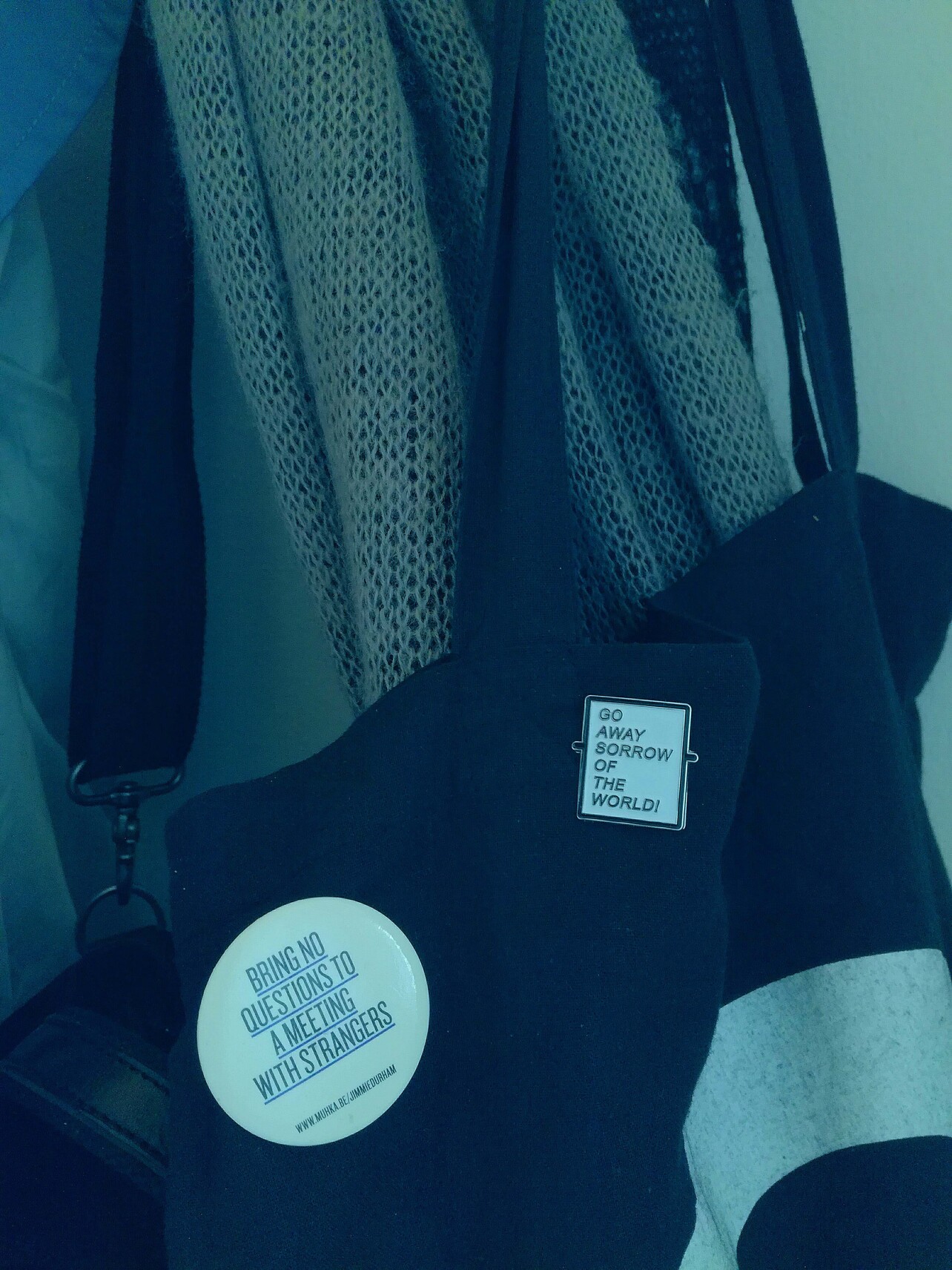Adrijana Gvozdenović
area: Visual Arts, Artistic Research
nationality
Montenegroarea
Visual Arts, Artistic Researchresidence
Podgoricarecommending institution
BMEIAtime period
April 2018 - April 2018Adrijana Gvozdenovic is interested in anecdotal and peripheral in art, conventions of exhibition making, artists' motivation and responsibility in the general context of art and art related politics. She is also interested to research Who is Adrian Lister? She communicates about this mostly in form of storytelling and artist publications as a results of writing and collecting.
From October 2017, she is part of a.pass research center (advanced performance and scenography studies) in Brussels and from 2015 she works for the Institute of Contemporary Art (artists' association) in Montenegro.
My artistic motivation and the research I am developing in this moment, under the title Archiving artistic anxieties, begins from the position of certain artistic practices that are rendered powerless and stifled when faced with today’s art system. Artistic efficiency as well as prolific and commercially viable art practices are not only revering the art market, but reinforcing it with ability to seamlessly adapt to trends and reproduce themself with what appears like the only objective: economic and cultural consumption.
In my most recent artistic activities, I am initiating collaborations with main objective to probe and develop artistic strategies, which allow the artist to decide about the communication channels of the art-production and the conditions that enable this production. The premise is that the decisions made by the artists in managing the art world can be discussed as creative approaches and intellectual efforts as much as the art products/works/pieces are.
I see one month in the residency as an opportunity to have time and space to focus on the material I have gathered previously and thanks to means provided, the engage in research presentation or production.
The Milky way chocolate bar comes from the box of them exhibited on a pedestal that is marked with the label NO. Only one person is invited to enter the room and interacts with the artwork. Tricky! Alone in a room, with no one watching, somebody made choices to intrude and disrupt the space. This led Adrijana to the conclusion that maybe the artist that asked for help doesn’t follow the protocols.
She was also thinking about chocolate that is chocolate and a sculpture of a chocolate is a sculpture but it’s not a chocolate.
Same goes for those bubble gums that are not chewed.
This chewing gum is taken from one of 10 vending machines designed to measure happiness. Marked with 1 for miserable until 10 for ecstatic. Maybe the artist that asked for help was miserable and ecstatic in the same time? If she would know the level of happiness, could this help her to measure a success of the artist? And if artist is not professionally successful does it mean that she or he doesn’t love to do art? Or she or he just didn’t have luck.
In some languages, like in Adrijana’s language or German being happy and being lucky are expressed in one word. In English there are synonyms for happy as an adjective characterized by good fortune: lucky, fortunate and providential.
Adrijana’s artistic way of thinking, which is in this story also a detective ability, led her to conclusion that the death of the art is connected with the belief in luck. Luck is a quality shared by random, unintended or unpredictable events or a luck is the cause of events of chance and hazard. Luckiness is also a success attained as a result of chance.
If there is a belief in good or bad luck, there is a belief in irrational influences on it, and there is a practice based on such a belief – a superstition!
She couldn’t find out how happy artist was, but she found “Hater Blocker Contact Lenses” on the sink, that have protective charms. They resemble nazars (from the Arabic word for sight or seeing) and are used against the ‘evil eye’. And evil is in the eyes of The Other.
Now we are sure that the artist was training her or his mind for happiness or luck and trying to protect herself or himself from the evil.
Chapter II POWER
In stories, there are three believable motives to commit a crime of killing another person: greed, survival and revenge. In art world these three we could translate into: creating value, branding and institutionalizing. In relation to this, there are some evidences found that imitate money and speculate about the value. Art is a visual allegory, a metaphor, a ‘vision.’ It is a proposition, not an expression of truth. As a money is a metaphor for value.
Blue as the sky, blue horizon, blue as the see, blue screen, blue light, blue bird, blue sand, blue as a stuck of sheets of a blue paper.
She found out that you can take one of those from the exhibition and become a collector.
As clouds in trousers, artists are trying to regulate boundless artistic freedom, give structure to work, set of rules, listings, manifestos. Is it a seduction, just a feeling of being in control? Or a key for success? Or just a consequence of precarious existence, lacking in predictability, job security, material or psychological welfare. Did artists first branded themselves then became precariat or precarity was branded?
The artist that asked for help busted her or his energy with “No Bull Premium Taurine” an evidence that she or he used the strategy of re-appropriation, cannibalization of a dominant structure by eating it, digesting it and excreting it in an entirely new form.
These two badges prove that artist that asked for help thinks that in art there has to be seriousness and wit, aesthetic and political engagement, inventive resistance to architecture as monumentality and other symbols of the State. All this is part of artist’s uncompromising commitment.
Resolution: TO DENY THAT WHICH IS, AND EXPLORE THAT WHICH IS NOT.
Artist has been all the time within ourselves alone."
(some references and further reading in order of appearing: Mladen Stilinović’s sentence/work/statement, 1977; Milky Way chocolate from the work “One on One” by Hans Peter Feldmann, from the exhibition “Ways of Seeing,” Villa Empain, Brussels, 2017; a book “Self-Organised” Stine Hebert and Anne Szefer Karlsen (eds.), Open edition, 2013; a book “Reverse Engineering Education: In Dance, Choreography and Performing Arts” Ulrike Melzwig, Marten Spangberg, Nina Thielicke (eds.), 2005; two yellow bubble gums from the work “Measure of Happiness,” from the exhibition “How happy are you,” by Stefan Sagmeister, MAK Vienna, winter 2015; contact lenses “Evil Eye Hater Blocker,” by Yngve Holen, bought in the Berlin Biennale, 2016; a coin “One danae,” by Vadim Zakharov, picked up from the Russian Pavilion and a bill “Sorry” picked from the exhibition “Paradiso Lussemburgo” by Filip Markiewicz, in Venice Biennale, 2013; a book “The Artist as Curator: an Anthology,” edited by Elena Filipovic, Mousse publishing, 2017; entrance bracelet for “Rens Cool's Birthday Bash”; a can from “No bUll PRemiUm TAURiNe,” by Pieterjan Ginckels, from the exhibition “Eating Each Other” in ExtraCity, Antwerp – got it for my birthday, 2017; two badges, one from Jimmie Durham’s exhibition ““A Matter of Life and Death and Singing” in MHKA, Antwerp, 2012 and another “Go Away sorrow of the world,”by F&R R&F - Nel Verbeke’s donation for the Archive of Artistic Anxieties; …)
